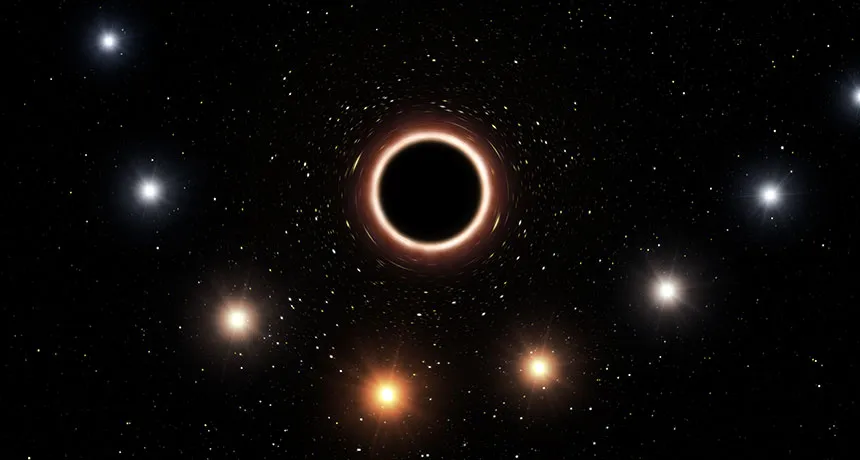A star orbiting a black hole shows Einstein got gravity right — again
It’s the first time an effect of general relativity has been observed in such an environment

BLACK HOLE SUN Einstein’s theory of gravity was upheld in measurements of a star that recently made a close pass by the supermassive black hole at the center of the Milky Way, as shown in this artist’s conception illustrating the star’s trajectory over the past few months.
M. Kornmesser/ESO